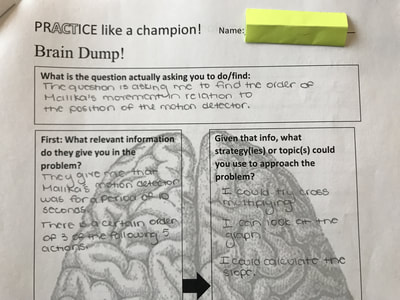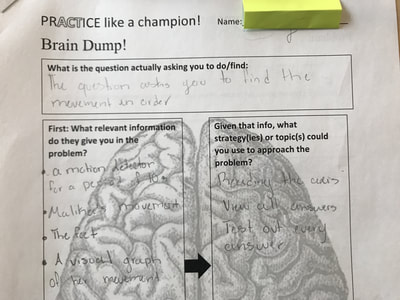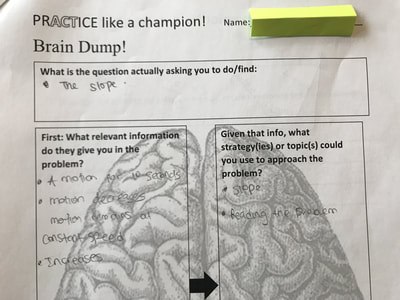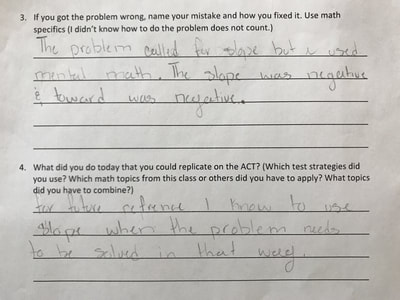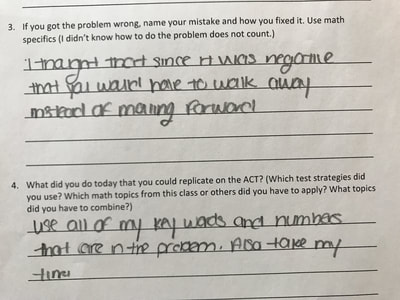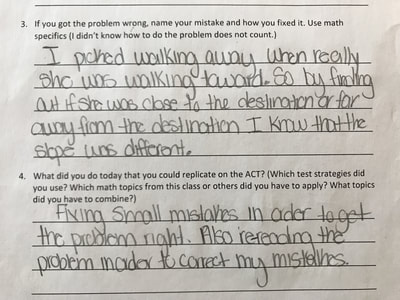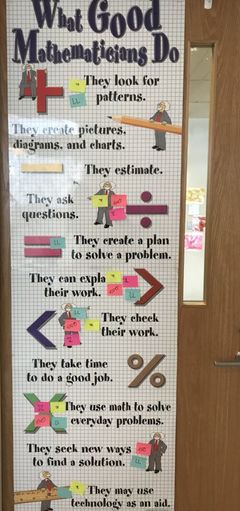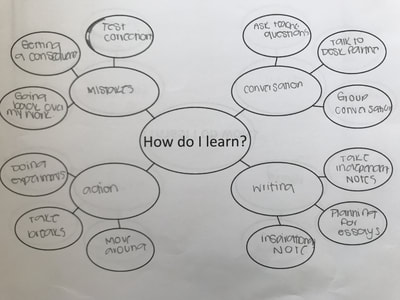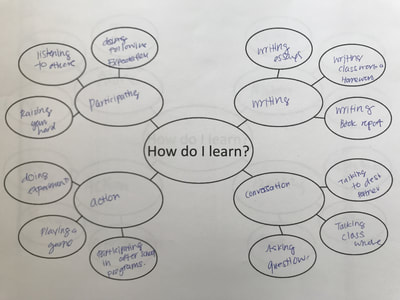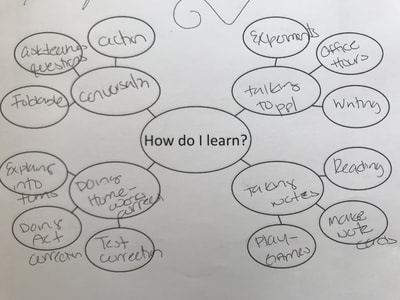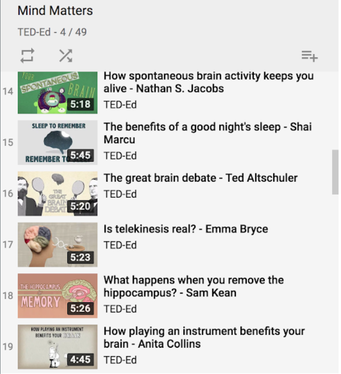Metacognition
METACOGNITION OVERVIEW
Metacognition, or thinking about thinking, is “our ability to plan a strategy for producing what information is needed, to be conscious of our own steps and strategies during the act of problem solving, and to reflect on and evaluate the productiveness of our own thinking” (Costa & Kallick, 2000). I chose metacognition, because I wanted to encourage more strategic and reflective mathematical practices in my classroom. This year, my students are solving difficult problems inside and outside of my classroom. In my classroom, students are preparing for the ACT exam and for some, Algebra II will be the highest level of mathematics they complete in high school. Metacognitive habits and mindsets such as creating a plan, recognizing mathematical skills, and implementing strategies help my students succeed in the classroom. Outside my classroom, students face high levels of stress and responsibility. Metacognitive habits and mindsets such as coping with stress, and understanding their brain chemistry help my students succeed outside the classroom.
Please scroll down or click on the table of contents below to learn more about how metacognition is explicitly taught and reinforced in my classroom each day.
TABLE OF CONTENTS
ACT Activity Vision
ACT Activity Concept Map
ACT Activity Student Reflection
Classroom Metacognition Tracker
Metacognitive Learning Web
Stress Activity Student Work
TedEd Metacognition Videos
Teacher Reflection
